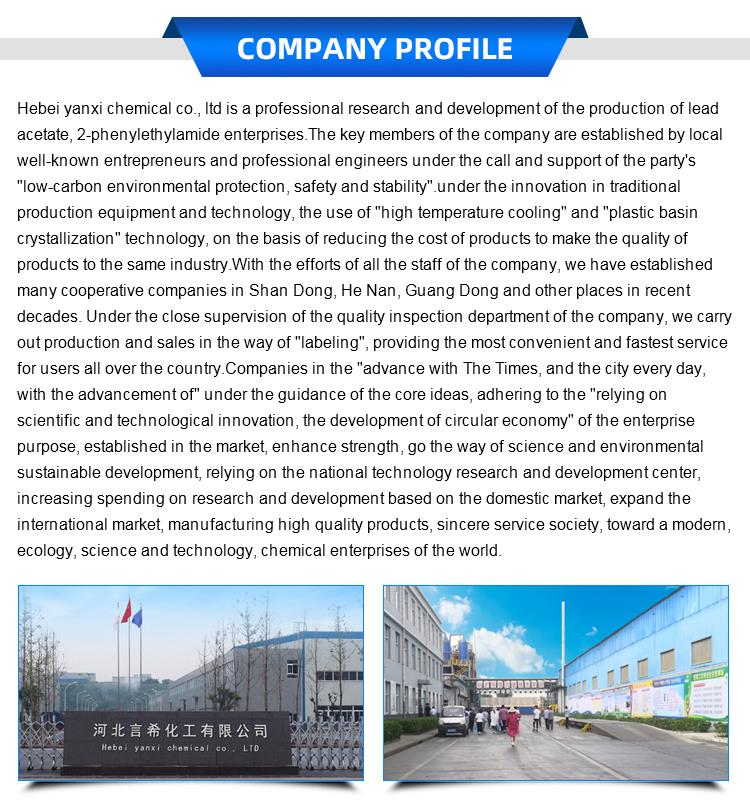Quaternary ammonium composition to treat herpes, pseudomonas, staph, hepatitis and other infectious diseases.
| Name | Dodecyldimethylbenzylammonium chloride | EINECS | 205-351-5 |
| CAS No. | 139-07-1 | Density | 1.03[at 20℃] |
| PSA | 0.00000 | LogP | 3.18790 |
| Solubility | 2g/L at 20℃ | Melting Point | ~60 °C
|
| Formula | C21H38ClN | Boiling Point | 162.7℃[at 101 325 Pa] |
| Molecular Weight | 339.992 | Flash Point | N/A |
| Transport Information | UN 3261 8/PG 3 | Appearance | Pale yellow transparent liquid |
Appearance and properties: dodecyl dimethyl benzyl ammonium chloride (139-07-1) is a colorless or light yellow viscous transparent liquid. It is miscible with water. Slightly bitter almond flavor. Good stability, heat resistance, light resistance, pressure resistance, no volatility.
Melting point: ~60 °C
Usage:
It is one of the non-oxidizing fungicides commonly used in industrial circulating water treatment. It is soluble in water, not affected by water hardness, easy to use, low cost, and has the function of corrosion inhibition of iron metal, cleaning and stripping mud and removing odor in water. It is a multi-effect agent. The use conditions directly affect its bactericidal activity, and it is beneficial to improve the bactericidal power by appropriately increasing the pH value. In the treatment of circulating cooling water, the general dosage of 85% Geramine and 45% 1227 is 50 ~ 100mg/L; When used as a slime stripping agent, the amount of use is 200 ~ 300mg/L. 1227 can be used with other fungicides, such as isothiazolinone, glutaraldehyde, dithiocyanomethane, etc., can play a synergistic effect, but 1227 can not be mixed with anionic surfactants. When bacteria and algae control and system cleaning are carried out in daily circulating cooling water treatment, oxidizing fungicides such as chlorine gas are generally used for daily microbial control. It is used as a sterilization agent in pharmaceutical and other industries, and also used as a bactericide and ooze stripping agent in industrial circulating cooling water and oilfield water injection to control the accumulation of dirt and sulfate reducing bacteria under the scale of circulating cooling water system. It can be used as coagulant in sewage treatment, and has a good effect on the agglutination of anionic substances in sewage, and the dosage is about 100mg/L (44%).
